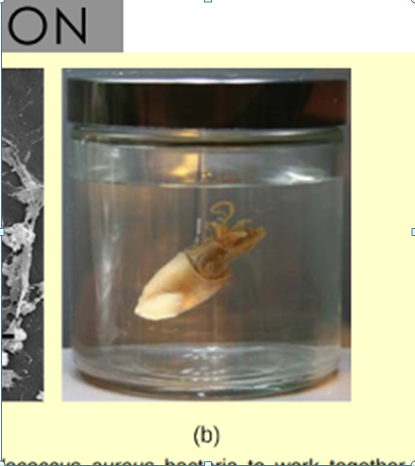Some people breathe primarily through their mouth rather than their nose. Why is this practice a bad idea?
What will be an ideal response?
The nose warms and moistens and removes particles from inhaled air. When inhaling through the mouth, a person misses these advantages. Also, because the sense of smell (i.e., olfaction) is also housed in the nasal passageways, a person can be better warned of potentially dangerous airborne toxins by inhaling through the nose.
(Note: The airborne toxin portion of the answer is not explicitly supported by this chapter but requires modest creativity on the part of the student, so the skill level of this question is higher than it would be otherwise.)
You might also like to view...
You discover a narrow subterranean river in the outback of Australia and estimate that it is at least 50 million years old, traveling through caves undisturbed by humans. You gather a crew of scientists to perform species sampling of the river as well as metagenomics techniques to calculate microbial diversity. The results indicate that although short in length, the river is extremely diverse. You even get to name a new species of shrimp after yourself! During one of your many interviews, you are asked to explain the high diversity of the subterranean river. What hypothesis would you cite?
A. The time hypothesis. B. The area hypothesis. C. The productivity hypothesis. D. The intermediate disturbance hypothesis.
The squid in this photograph contains a colony of Vibrio fischeri bacteria, which only luminesce while living within a squid. How is this behavior beneficial for V. fischeri bacteria?

a. Bioluminescent squid are more visible to free-floating V. fisheri bacteria, allowing them to join the colony.
b. Bioluminescent squid attract specific predators, allowing V. fischeri colonies to spread more rapidly.
c. Bioluminescent squid are less likely to be consumed by predators, protecting V. fischeri’s source of food.
d. Bioluminescence within squid provides ample light for V. fischeri to synthesize glucose via photosynthesis.
Congenital deafness in humans is due to the
homozygous condition of either of the recessive genes d or e, or both of these genes. Both dominant D and E are necessary for normal hearing. Gene D/d affects the middle ear, while gene E/e affects the inner ear. It does not matter how good the normal inner ear (as indicated by E__) is; if there is something wrong in the middle ear, the individual is unable to hear. The same applies for the other gene. Give the phenotypic results of the following crosses: (a) Dd EE x Dd EE (b) Dd Ee x Dd Ee (c) dd EE x DD ee (d) Dd EE x Dd ee (e) Dd EE x DD Ee What will be an ideal response?
The word hormone comes from the Greek word meaning
a. target. b. response. c. secretion. d. set in motion. e. internal gland.